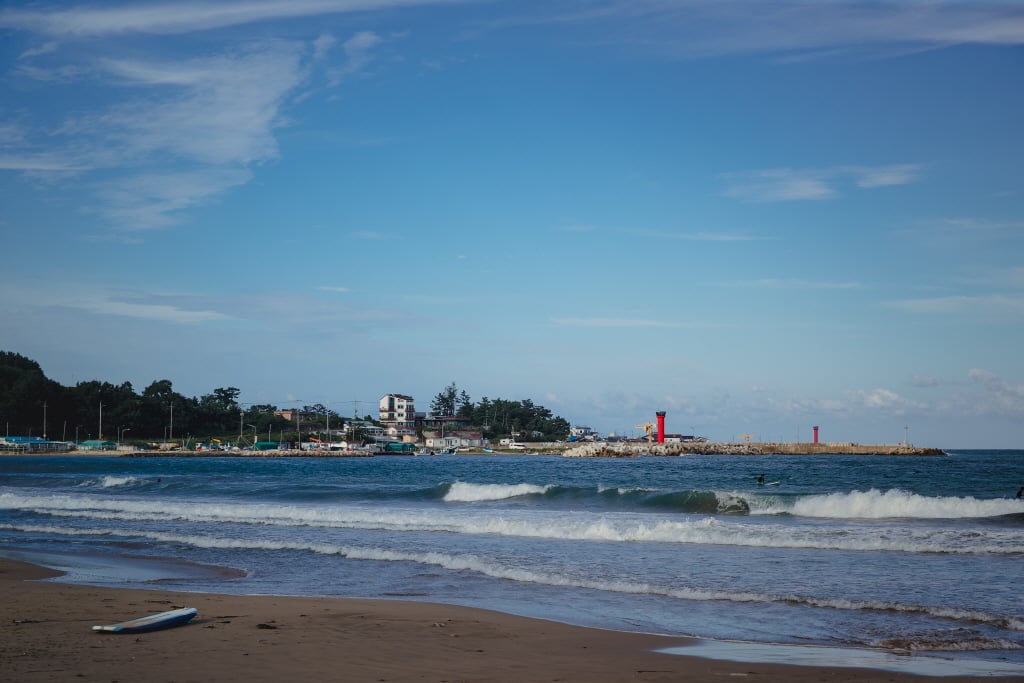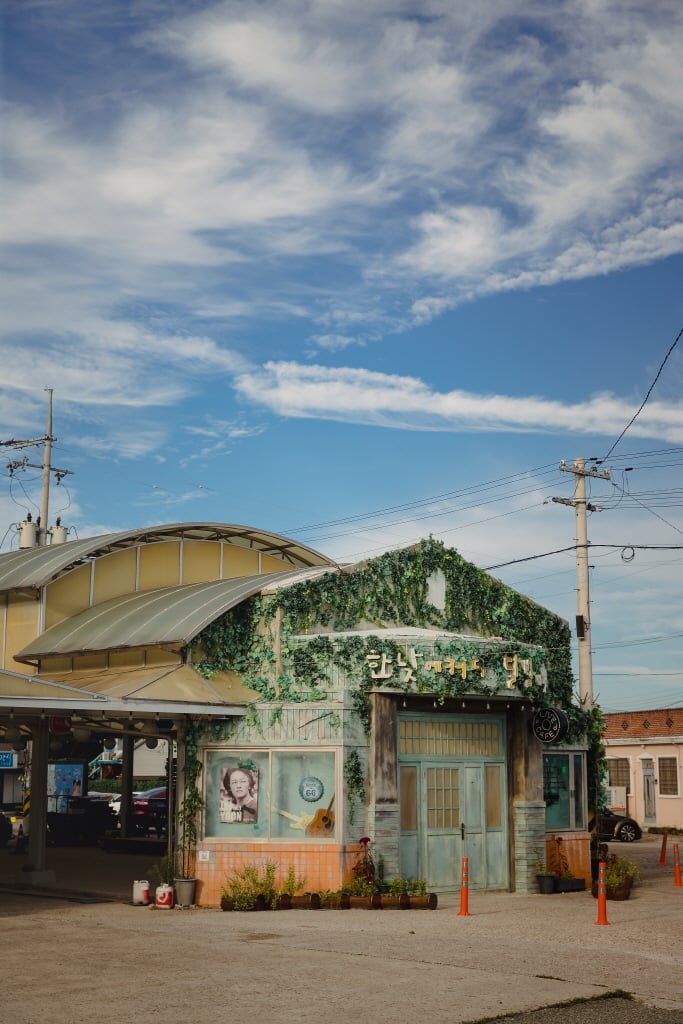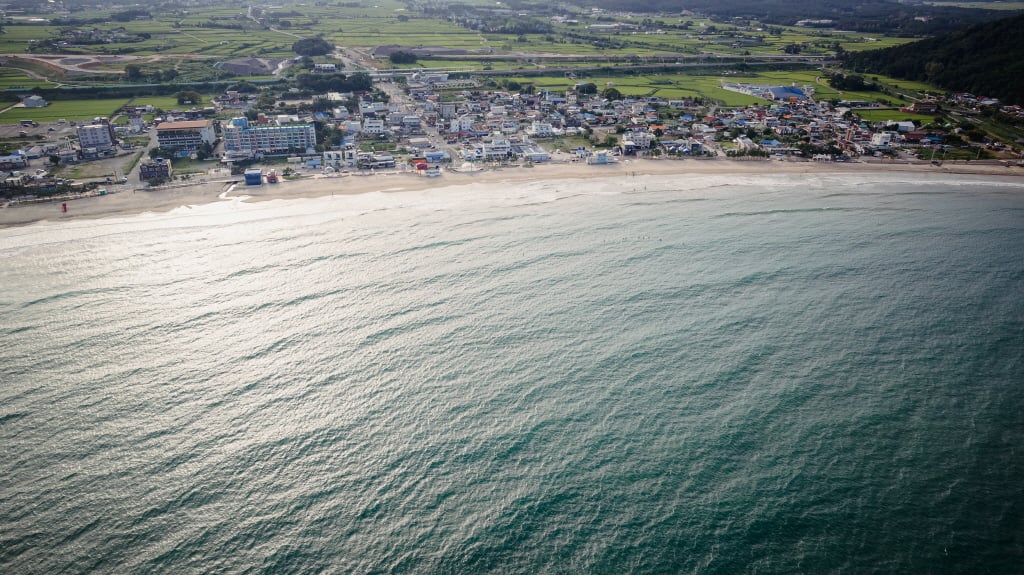Discover the Heart of Pohang, Gyeongsangbuk-do
Pohang, a city nestled on the east coast of South Korea, is not just a hub of industry but also a canvas for tales of ordinary life and profound humanity. Celebrated in dramas like “When the Camellia Blooms” and “Hometown Cha-Cha-Cha,” Pohang offers a backdrop where simple daily interactions bloom into the extraordinary. Explore the places where characters and stories come alive, weaving love and life into the scenic vistas of Pohang.

Guryongpo Japanese House Street
This quaint street, featured in “When the Camellia Blooms,” is lined with historic Japanese-style wooden buildings that transport visitors over a century back in time. The area, awarded for its scenic beauty, provides a glimpse into the past with its Guryongpo Modern History Museum, where one can delve into the lifestyles of Japanese residents from previous eras. The fishing village’s view from the park’s stairs is breathtakingly serene, making it a must-visit for those seeking a blend of history and natural beauty.
Camellia
Originally the pub operated by the resilient single mom Dongbaek in “When the Camellia Blooms,” this location has transformed into a charming select shop. Here, visitors can enjoy coffee and desserts while soaking in the ambiance of a traditional Japanese-style wooden building. The second floor offers a cozy spot to relax and reflect on the themes of overcoming societal prejudices portrayed in the drama.
Cheongha Gongjin Market (5-day market)
As the vibrant setting for “Hometown Cha-Cha-Cha,” Cheongha Gongjin Market comes alive on specific days of the month (1st, 6th, 11th, 16th, 21st, and 26th). This marketplace maintains the quaint charm seen in the drama, with designated photo zones like the Squid Tower and O-Yoon Café that invite visitors to capture their moments. At Bora Supermarket, guests can even try their hand at making Dalgona candy, immersing themselves in a popular Korean street food experience.

Wolpo Beach
Known in “Hometown Cha-Cha-Cha” as Gongjin Beach, Wolpo Beach is the epitome of tranquility. With its broad sandy shores and gentle waves, it’s a favorite spot for surfing and relaxation, mirroring the laid-back lifestyle of the drama’s beloved character Hong Du-sik. The beach’s name, suggesting a clear ocean reflecting the moon, perfectly captures the peaceful ambiance that draws visitors and locals alike.

Conclusion
Pohang’s dramatic backdrops are more than just settings for television dramas; they are destinations where the stories of love, resilience, and community come to life. Each location, from the historic Guryongpo Japanese House Street to the lively Cheongha Gongjin Market and the serene Wolpo Beach, offers a unique slice of Korea’s cultural tapestry. Embark on a journey to Pohang and let the profound scent of humanity guide you through a memorable exploration of life and love.




